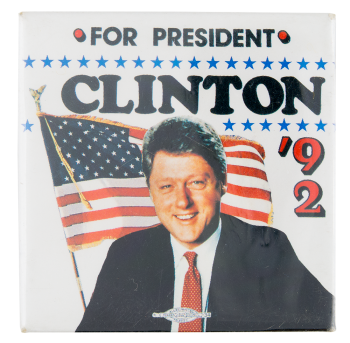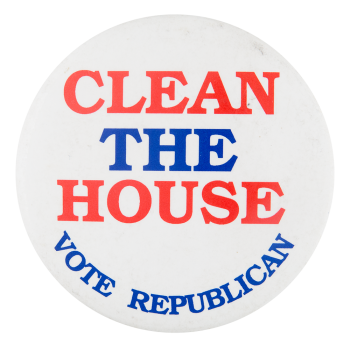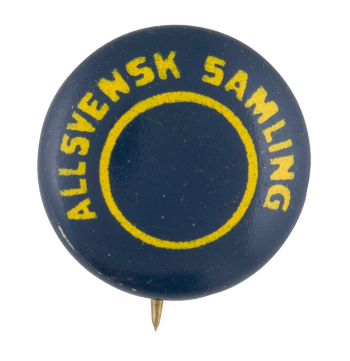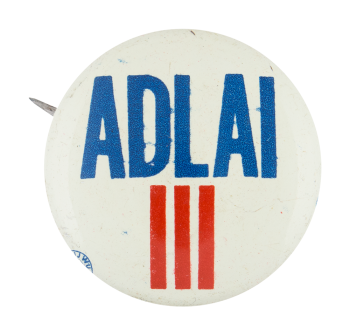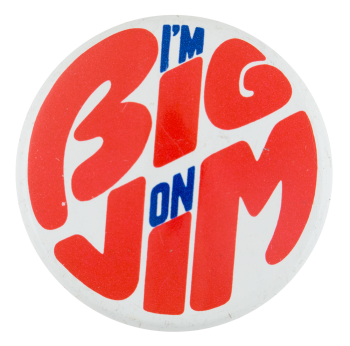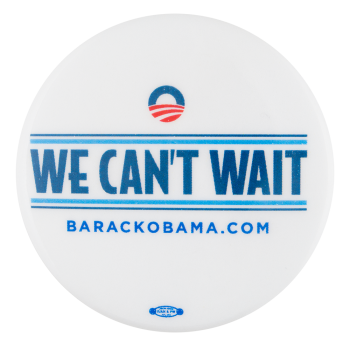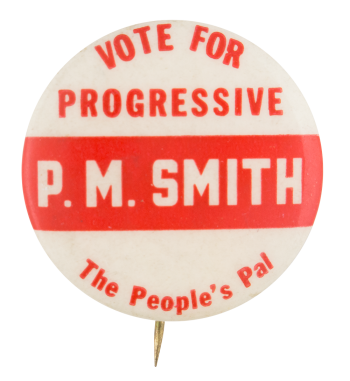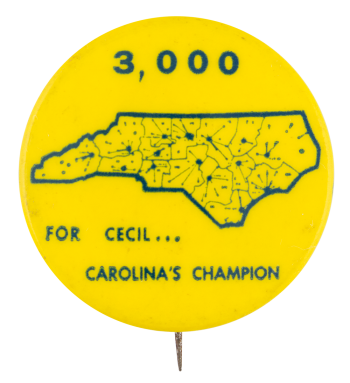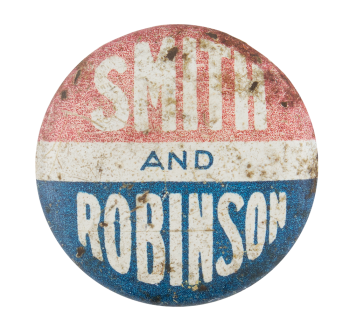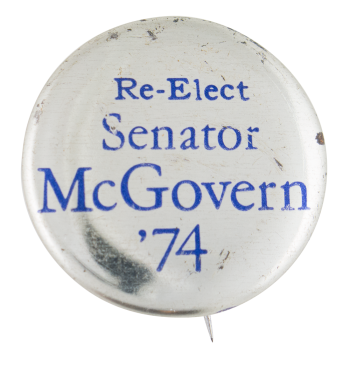Clinton for President '92
| Category | |
|---|---|
| Additional Images | |
| Sub Categories | |
| Text on Button | FOR PRESIDENT CLINTON '92 |
| Image Description | Color photograph of a man in a suit in front of an American flag on a white background with black text above and red text on the right |
| Curl Text | 1992 |
| Back Style | |
| The Shape | |
| The Size | |
| Year / Decade Made | |
| The Manufacturer | |
| Additional Information | In 1992 Bill Clinton ran for the presidency against George H.W. Bush. Clinton, who was at that time the Governor of Arkansas, was not seen as a strong opponent and people doubted that the Democratic party would choose him as their nominee. When he was nominated, Clinton chose Al Gore as his running mate and became very popular with young voters by appearing on popular TV shows. Clinton won the election with 43% of the vote and ultimately served two terms, leaving office in 2001 and going on to create numerous philanthropic organizations. Bill Clinton. (n.d.). Retrieved December 13, 2015 from: https://en.wikipedia.org/wiki/Bill_Clinton. |
| Catalog ID | PO0420 |

